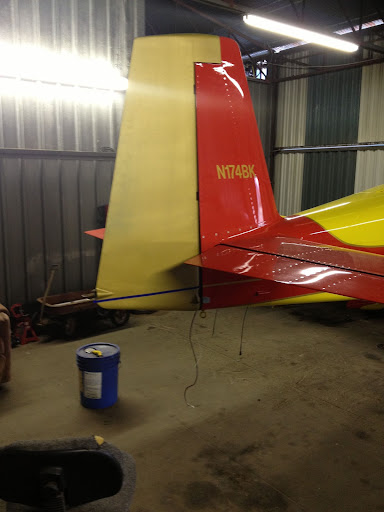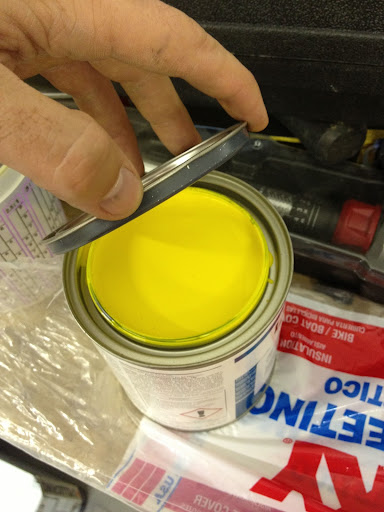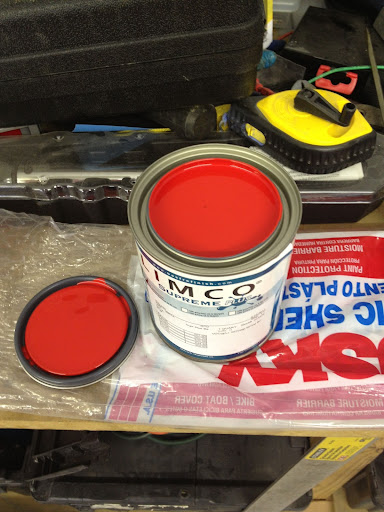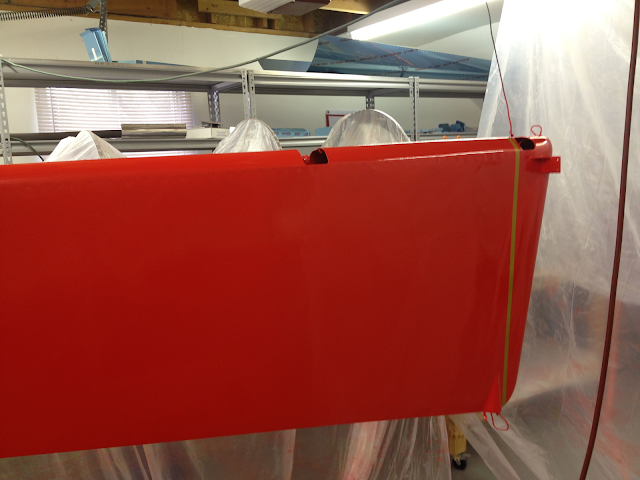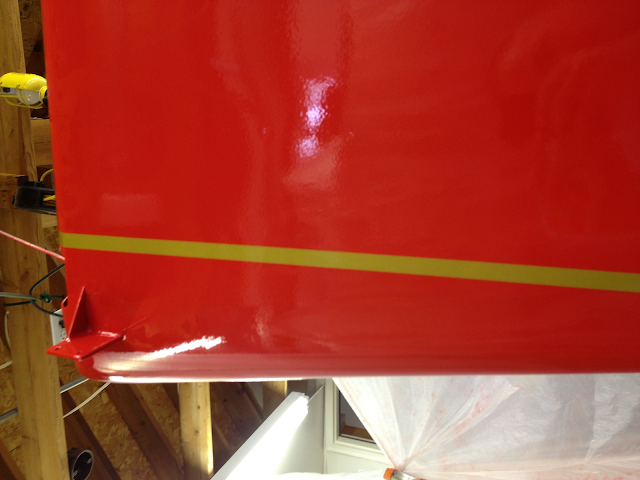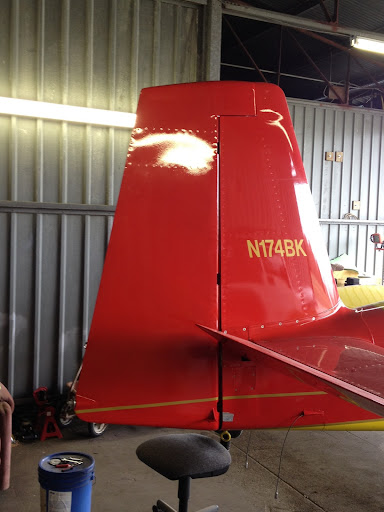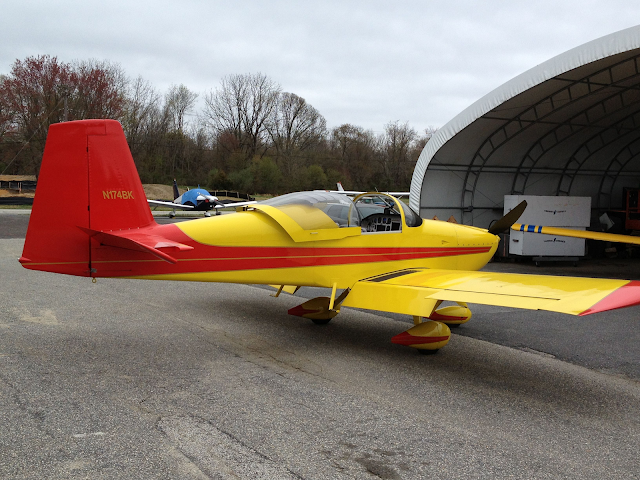Here's my solution
Here is my simple Rudder gust lock solution. I believe most of the items can be picked up a your local ACE hardware store. The "U" lock is 3/16" diameter stainless rod.The "cross beam" is 0.063 thick aluminum and prevents the "U" lock from spreading under extreme loads. The webbing clamp prevents the "cross beam" from sliding off the "U" Lock which prevents the "U" lock from working its way out during gusty conditions. Note my really poor sewing job on the webbing.

I had the elevator pulled all the way back and secured by the seatbelt. The rudder lock is a thin bar stock bent in a "u" shape that sits upside down through small holes on the rudder stop and bottom of rudder. This lock worked itself out through the course of continuous gusting even though I had wrapped a "remove before flight" tag around the assembly numerous times. While I won't say this is ideal it had served me well in the past, even during several t-storms at OSH.
Here is my simple Rudder gust lock solution. I believe most of the items can be picked up a your local ACE hardware store. The "U" lock is 3/16" diameter stainless rod.The "cross beam" is 0.063 thick aluminum and prevents the "U" lock from spreading under extreme loads. The webbing clamp prevents the "cross beam" from sliding off the "U" Lock which prevents the "U" lock from working its way out during gusty conditions. Note my really poor sewing job on the webbing.




